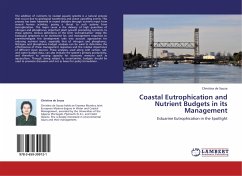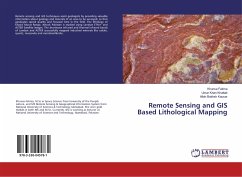The status of eutrophication is explained in terms of trophic status index (TSI) by Carlson in 1977 by using secchi disc depth, chlorophyll and total phosphorus in the water bodies. He ranked the water bodies in 0-100 ranks & accordingly classified them in trophic status from ultra-oligotrophic to hyper-eutrophic. The process of eutrophication is due to increase in the nutrients in the water bodies, which affects the primary production and ultimately the fish fauna in the water body. A sudden increase in algal bloom due to high nutrient may affect the aquatic organism by gill chocking and creating low oxygen in the water body. So, the managers of large water bodies give due importance to monitor the water quality parameters of the lagoon/lake/reservoirs. Collecting water quality parameters from the large water bodies periodically is a difficult task, time consuming and costly affair. To reduce the time, manpower and cost, remotely sensing imagery and GIS platform can be used to monitor the water quality and trophic status of the water bodies.
Bitte wählen Sie Ihr Anliegen aus.
Rechnungen
Retourenschein anfordern
Bestellstatus
Storno








